Over 30 billion tons of the world’s non-renewable waste comes from packaging industries, of which only 8.6% goes back to the economy. The remaining 23.9 billion tons ends up in landfills and chemical recycling facilities. The materials used in packaging industries are mostly produced from fossil fuels and they are not degradable.
Packaging such as plastic bags, plastic bottles, cans, etc. cannot be recycled as they are not made of sustainable materials. 39.6% of the total demand for plastics comes from packaging industry. After China, Europe is the second largest producer of plastics in the world with about 40% market share for packaging purposes. Out of the 291.4 million tons of waste generated in the US in 2018, one-third of the waste consists of packaging materials. These waste ends up in landfills and releases toxic gases which affect the health of locals. The only way to address this issue is to consume resources responsibly, reduce, reuse and recycle waste materials.
Nowadays consumers, while doing a purchase, opt for packaging that is made of sustainable materials and have minimum impact on the environment. Such packaging is called circular packaging or sustainable packaging ( also called eco-friendly packaging).
Circular packaging has several benefits over the traditional or unsustainable forms of packaging. Let’s discuss in detail.
Unsustainable forms of packaging
Unsustainable packaging refers to packaging that is made of materials that are not recyclable and will have a detrimental effect on the environment. These include single use plastic materials. Some of the examples are:
Single-use plastic bags
Alternatives to single use plastic bags can be bags that are made from ecofriendly materials like paper, cotton, jute and other recyclable fabrics. Customers can also bring their own bags in order to reduce the need for a new bag.
Single-use plastic water bottles
Alternatives to these are biodegradable or compostable bottles made from plant-based materials. People should be encouraged to bring their own water bottles and water refill stations can be provided at various places to refill water.
Multilayered plastic packaging
Alternatives to these are easily recyclable or compostable packaging, such as mono-material structures or bio-based fuels. Packaging that are designed for easy separation of materials for recycling purposes can also be used.
Polystyrene containers
Alternatives are compostable or biodegradable food containers made from materials such as bagasse (sugarcane fiber) or PLA (Polylactic acid), reusable or returnable food containers.
Individual plastic-wrapped items
Alternatives are packaging made of recyclable or compostable materials. Bulk packaging should be preferred to minimize individual wrapping.
Plastic blister pack
Alternatives are paperboard molded pulp trays.
Circular Packaging
Circular packaging is packaging that is made from materials that can be replaced, renewed or replenished, such as paper, cardboard ,etc., thus, promoting circular economy. The materials can also be decomposed, leaving no harmful chemicals behind. It extends the lifecycle of packaging, thereby reducing the need and consumption of raw materials. Circular packaging can be used for many products, like food containers, clothing, medical supplies and toys.
Types of circular packaging
Circular packaging can be divided into three categories based on the capabilities of the materials:
Recyclable packaging
It is the most common type of sustainable packaging and mostly includes paper based materials. The recyclable paper based materials are soaked, chopped, cooked, strained, cleaned, bleached and reformed to create new paper based products, thus promoting circularity of the material. Paper based materials are mostly biodegradable and thus can be easily composted at the end of its life cycle, without affecting the environment. Some of the examples are:
Corrugated cardboard boxes
These are 100% recyclable and companies mostly use corrugated boxes to ship and deliver their products. The walls of the box provide protection to rough handling and the material is cost effective.
Kraft folding carton
Kraft is a raw material and is 100% recyclable. It is durable, tear resistant and brown in color, but is also available in different shades and colors. Raw kraft paper is stronger and more porous than regular paper and is tear resistant.
Molded pulp
It is the best alternative for plastic inserts as it provides more durability and protection to the products within packaging boxes. It is convenient and durable for packaging a versatile range of products as the material is molded to the product. Coatings and varnishes can be added to the surface of molded pulp but printing is not recommended due to its textured surface.
Compostable packaging
On a large scale, paper-based packaging cannot be composted, as it relies on the composting infrastructure and waste programs to bring the material to its full circle at the end of its lifecycle. In compostable packaging, the materials are engineered to be composted. Some of the examples are:
Bioplastics
Bioplastics packaging is made of compostable materials and are used especially in the food and restaurant industry. Bioplastic materials are engineered in such a way so that they can provide up-to-standard durability and hygiene, and also breaks down over a short period of time. They are marine degradable ,i.e. they will dissolve in water and serve as food for marine life.
Mushroom packaging
Mushroom packaging is made by combining agricultural feedstock with the natural binding strength of mycelium, the root structures of mushroom. Mycelium can be composted at home. This packaging is still in the early stages of development.
Cornstarch packaging
Cornstarch packaging is mostly used for food take away. It is available in both transparent and opaque form. Like bioplastics it is also marine degradable. As it is biodegradable and renewable it can be used as an alternative for plastic packaging. It can be used in many ways like- Trays, lids, bags, plates and containers.
Reusable packaging
As the name suggest reusable packaging can be reused and are made with extremely durable materials to enhance its life cycle. It is one of the most ecofriendly packaging in the market. Some of the examples are:
Reusable bags
Reusable bags are made of renewable resources like jute, cotton, bamboo, etc. and are biodegradable. They can be easily breakdown even if they end up in landfills, thus protecting the environment.
Tin boxes
Tin boxes are 100% recyclable and reusable. They can be processed and returned to the production cycle without deteriorating the quality. It is very easy to extract tin from waste streams due to its magnetic property. It is especially good for keeping food products hygienically and safe from exterior elements.
Collapsible/magnetic rigid boxes
These boxes have two magnets placed in the rigid boxes that lock together to firmly keep the box shut. It is good for reusing due to its sturdy and solid construction.
There are many other types of circular packaging like seaweed packaging, edible films, etc.
Benefits of circular packaging over the unsustainable ones
There are several benefits of circular packaging over the traditional ones, both for a the environment and business. Some of them are listed below.
Protects the environment
Circular packaging protects the environment with minimum waste production and increasing the lifecycle of the products so that the need for the extraction of raw materials for producing a new product is reduced.
Sustainability
The biggest benefit of circular packaging is it reduces the amount of waste produced, thus making it sustainable. By reusing a container for as long as possible, the manufacturers can save money on materials, shipping and disposal costs.
Reduces cost
It helps consumers and brands by reducing the cost associated with waste clean up as the materials are renewable.
Offers a competitive advantage
As consumers are becoming more and more conscious about eco-friendly products, they prefer brands that provide sustainable options. This offers a competitive advantage to brands providing circular packaging as it has many benefits like low carbon footprint and increased productivity, resource efficiency and innovation.
Good for the brand image
According to some estimates, 67% of the consumers are concerned about the effects of packaging on the environment. So focusing on circular packaging will improve a brand’s image, as more and more consumers will get attracted to such brands.
Provide a secured future for businesses
It provides a secured future to businesses in a changing regulatory and consumption trends. Environment friendly business practices will be highly demanding in the near future and government and markets will prefer companies that adopt them.
Challenges in circular packaging and how to overcome them
Despite having several benefits, there are certain challenges that comes in the way in adopting circular packaging. Some of them are:
Cost
Packaging made from sustainable materials can be costly. Many companies are not keen in investing in research and development for better packaging. Focus should be given on eliminating packaging waste, a cost-cutting point and a great step to becoming cleaner and greener.
Unwillingness of consumers to pay more
According to a research in 2011, most consumers were not willing to pay more for sustainable products. However the entry of millennials into workforce have changed this trend. Now 90% of millennials are willing to pay more for sustainable products. Also the improvements in technology have created low cost, high impact solutions like biodegradable packing peanuts.
Food leftovers in packaging
Food leftovers (grease and cheese) in carboard food boxes is often considered as contaminant, thereby making it difficult for recycling. Most of the food boxes ultimately end up in landfills. Initiatives have been taken for producing reusable boxes like the one taken by a restaurant in Seattle, named World Pizza. Customers can buy the box and bring it with them, anytime they want to order takeout again.
The need for extra protection and durability in online retail
As online shopping is increasing in the recent years, the need for extra packaging for protection and durability of the product is also increasing, especially when the items have to be shipped hundreds or thousands of miles. Fortunately eco-packaging options like biodegradable air pillows and recyclable refrigerant gel packs are widely available, and they offer comparable performance at competitive prices.
Conclusion
As we can see how circular or sustainable packaging has several benefits over the unsustainable ones, consumers should opt for brands that provide sustainable options. The process of making sustainable packaging is often not easy or cheap. New technology and improvements are needed, but nowadays both are on display everyday. Circular processes are expensive initially but can improve customer’s lives as well as the environment. Organizations have to take control of the circular packaging processes, rather than relying on municipalities and other external groups. The brands can partner with shipping companies to pick up the reusable boxes from customer’s doorsteps with each delivery and bring back to the warehouse for next round of deliveries. Like that there are several other options one can think of to promote circularity in packaging and thus protecting the planet from the harmful waste materials.


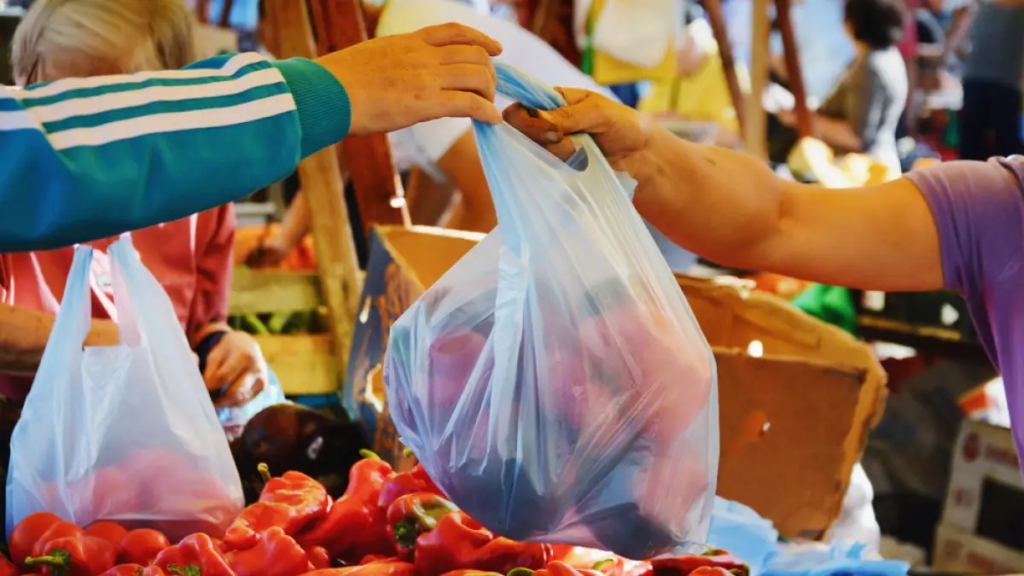
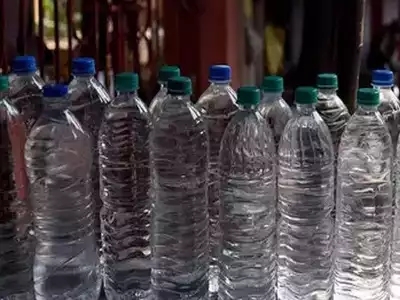
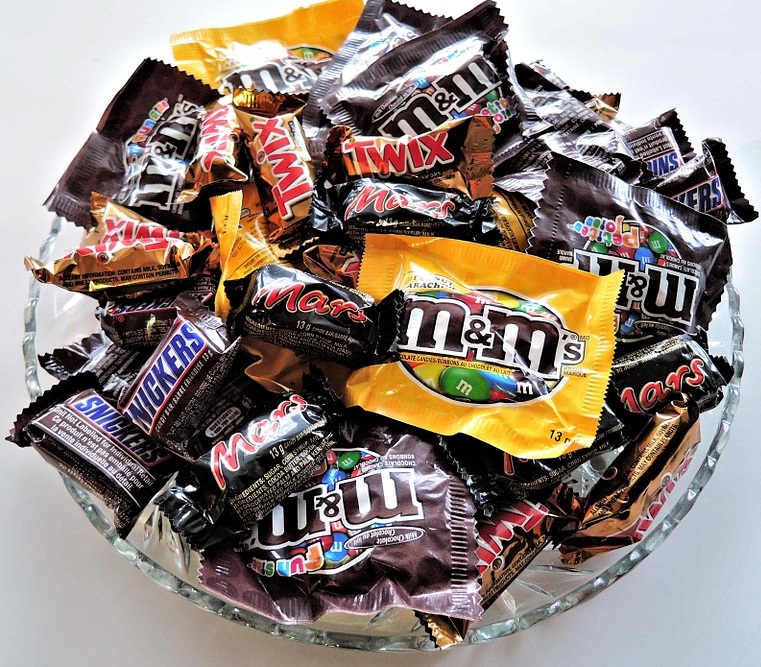
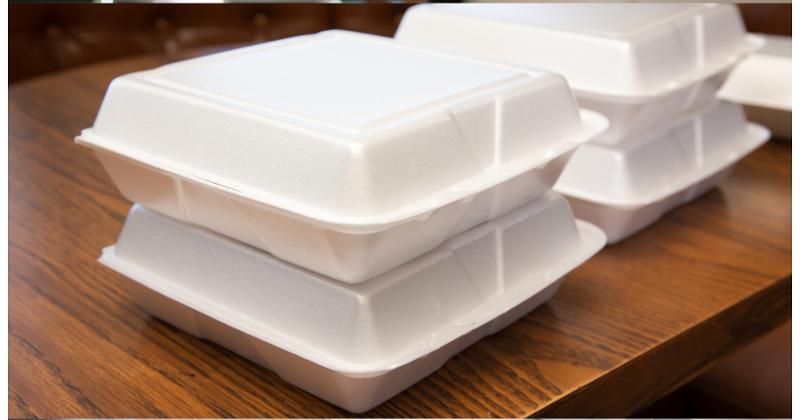
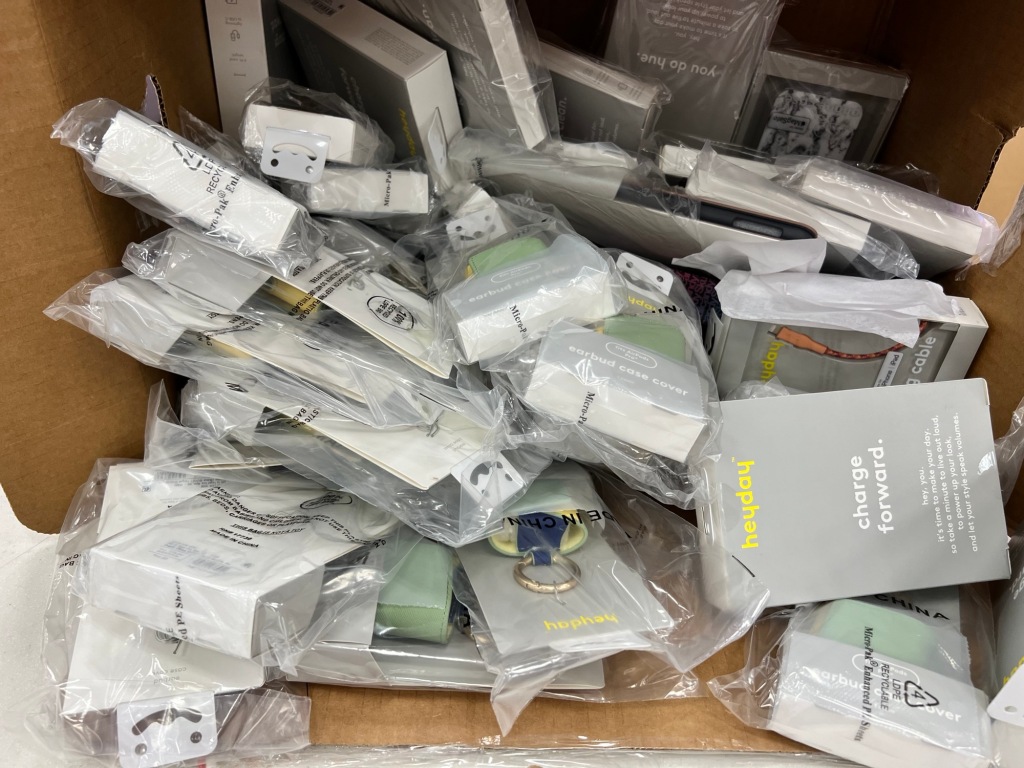
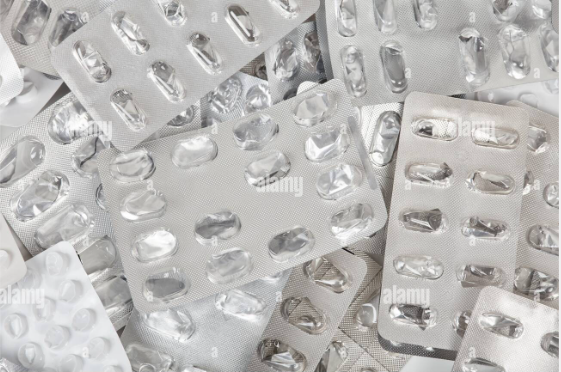
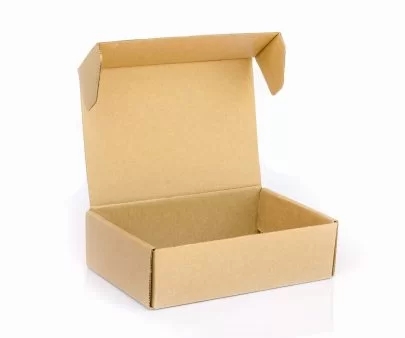
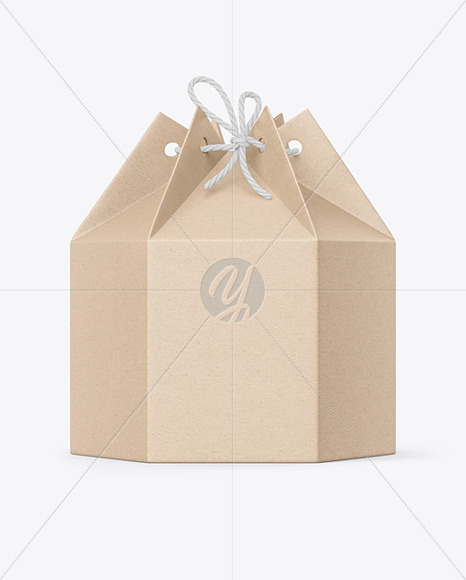
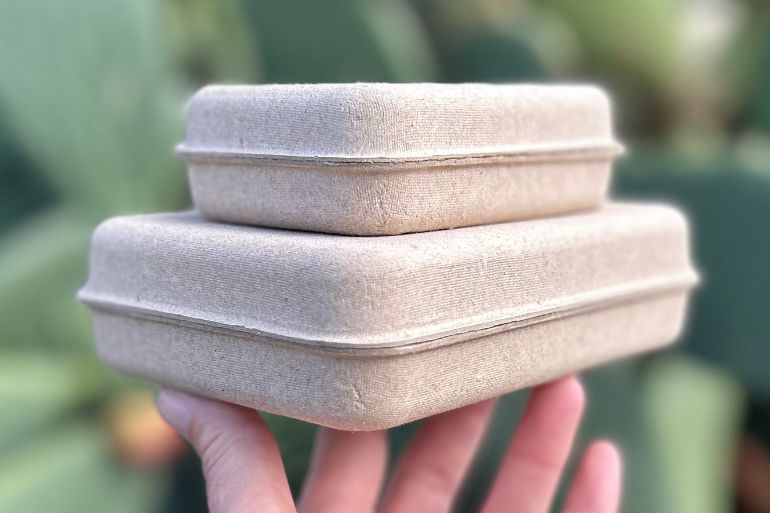
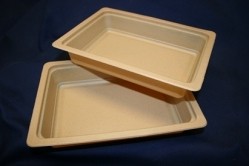
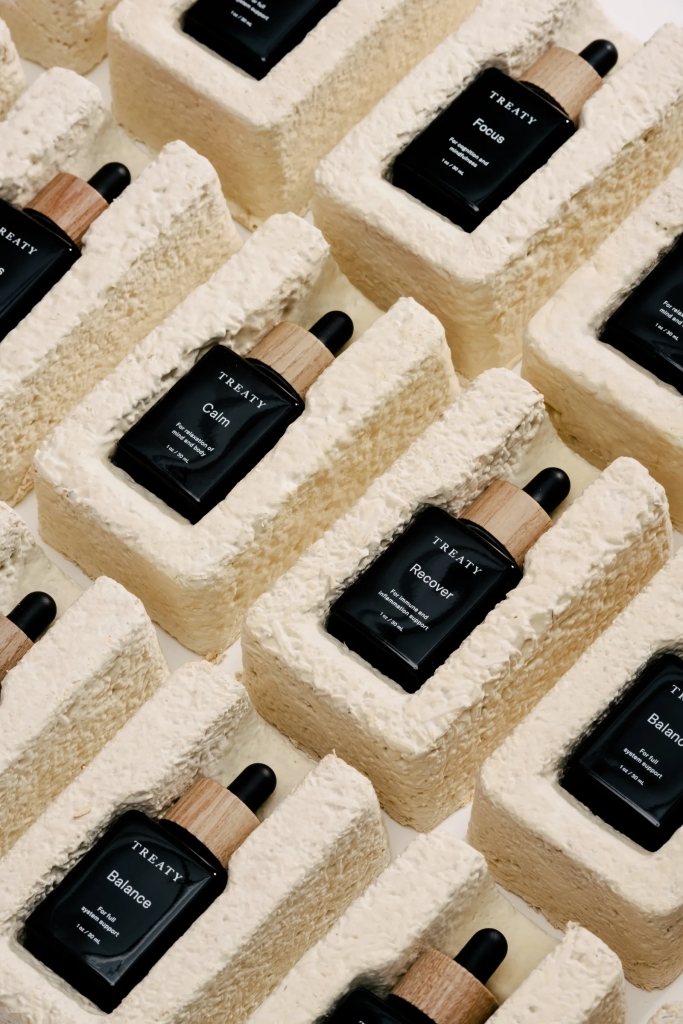
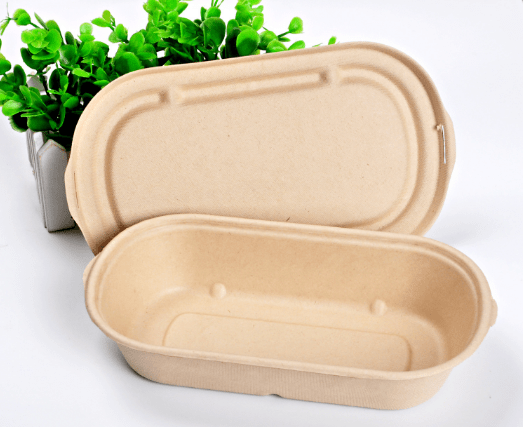
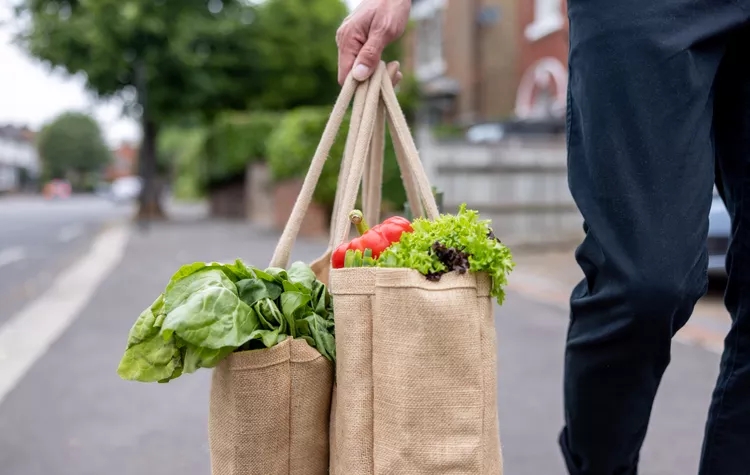
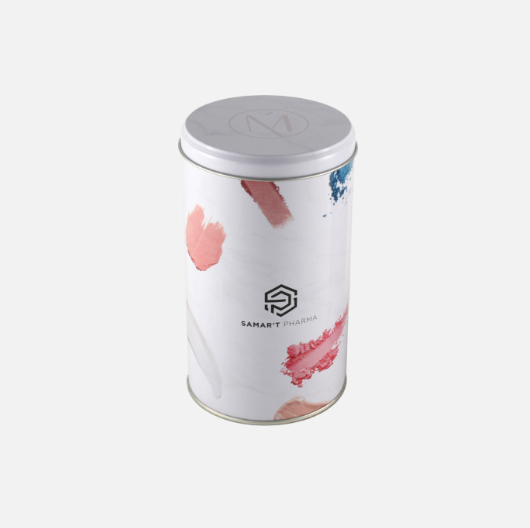
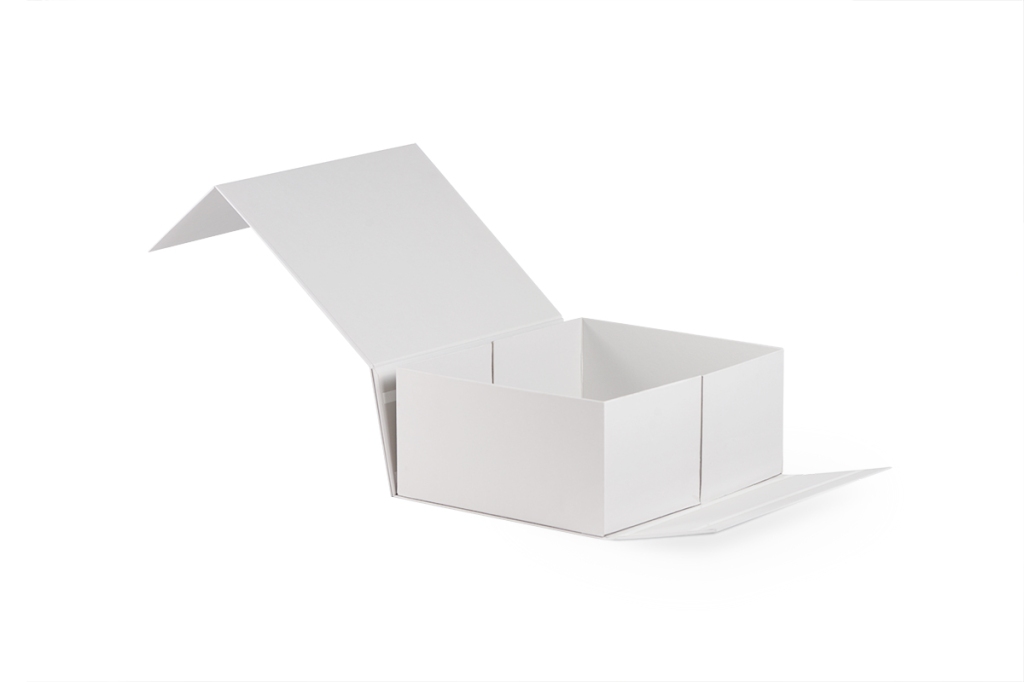
3 thoughts on “How choosing the right packaging material promotes circularity?”